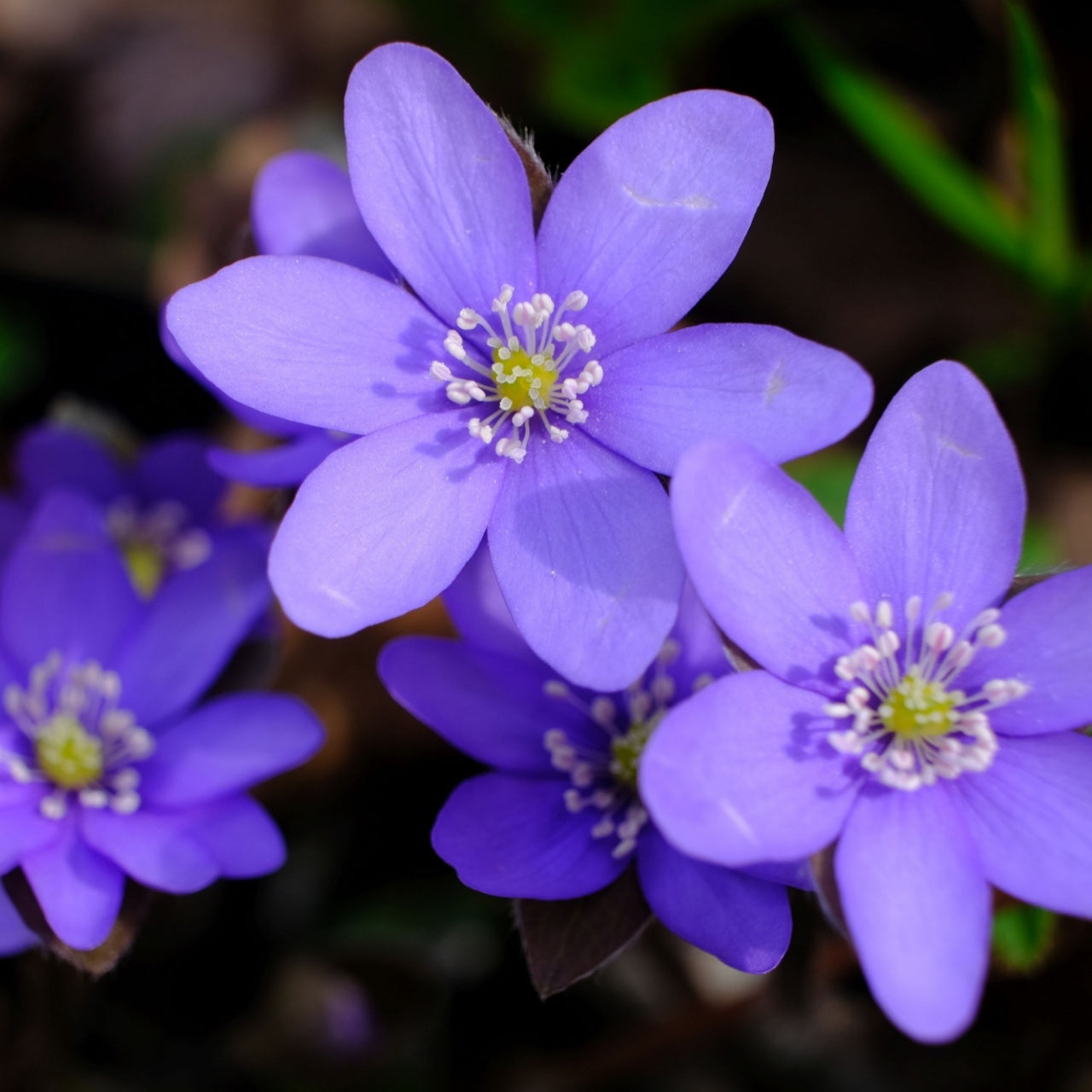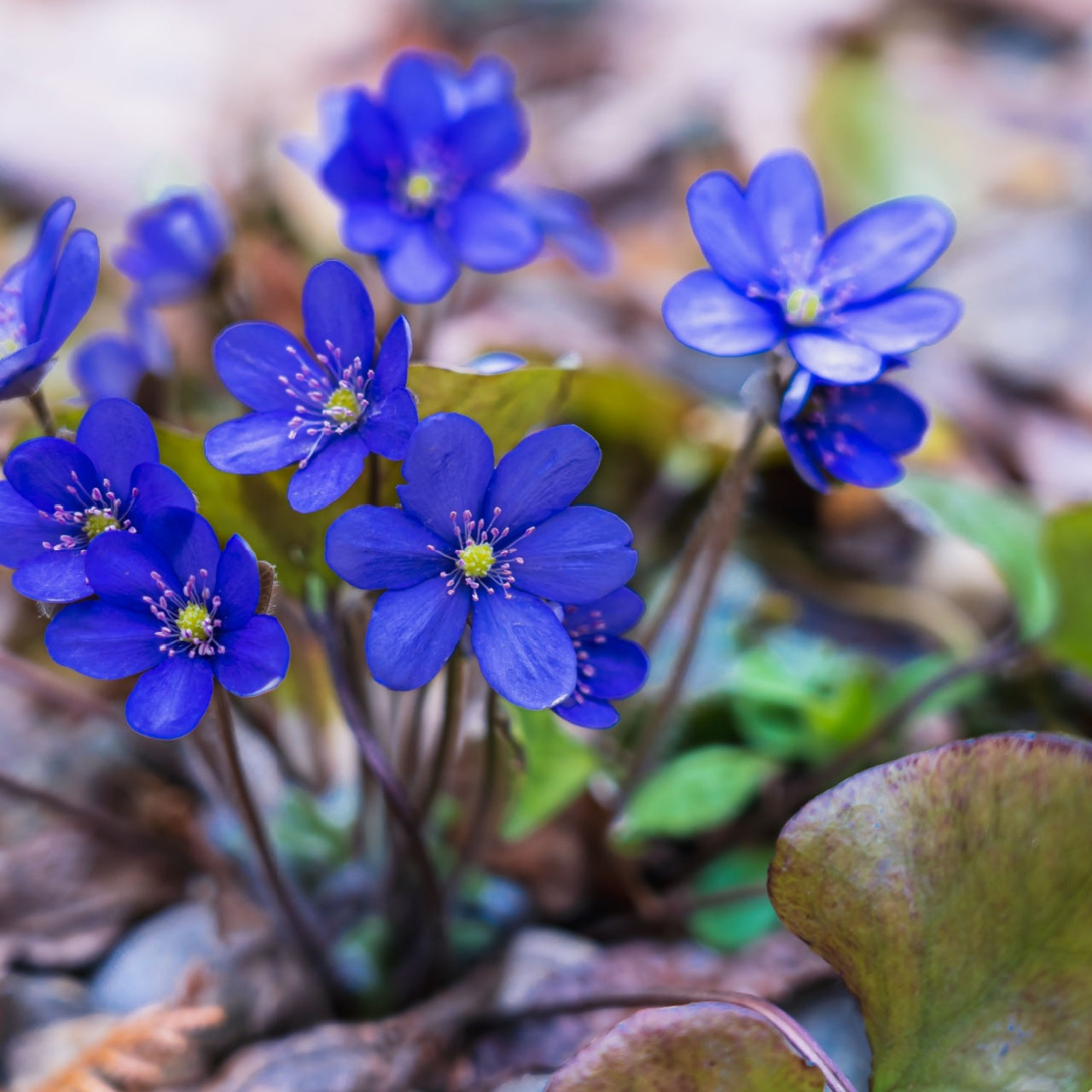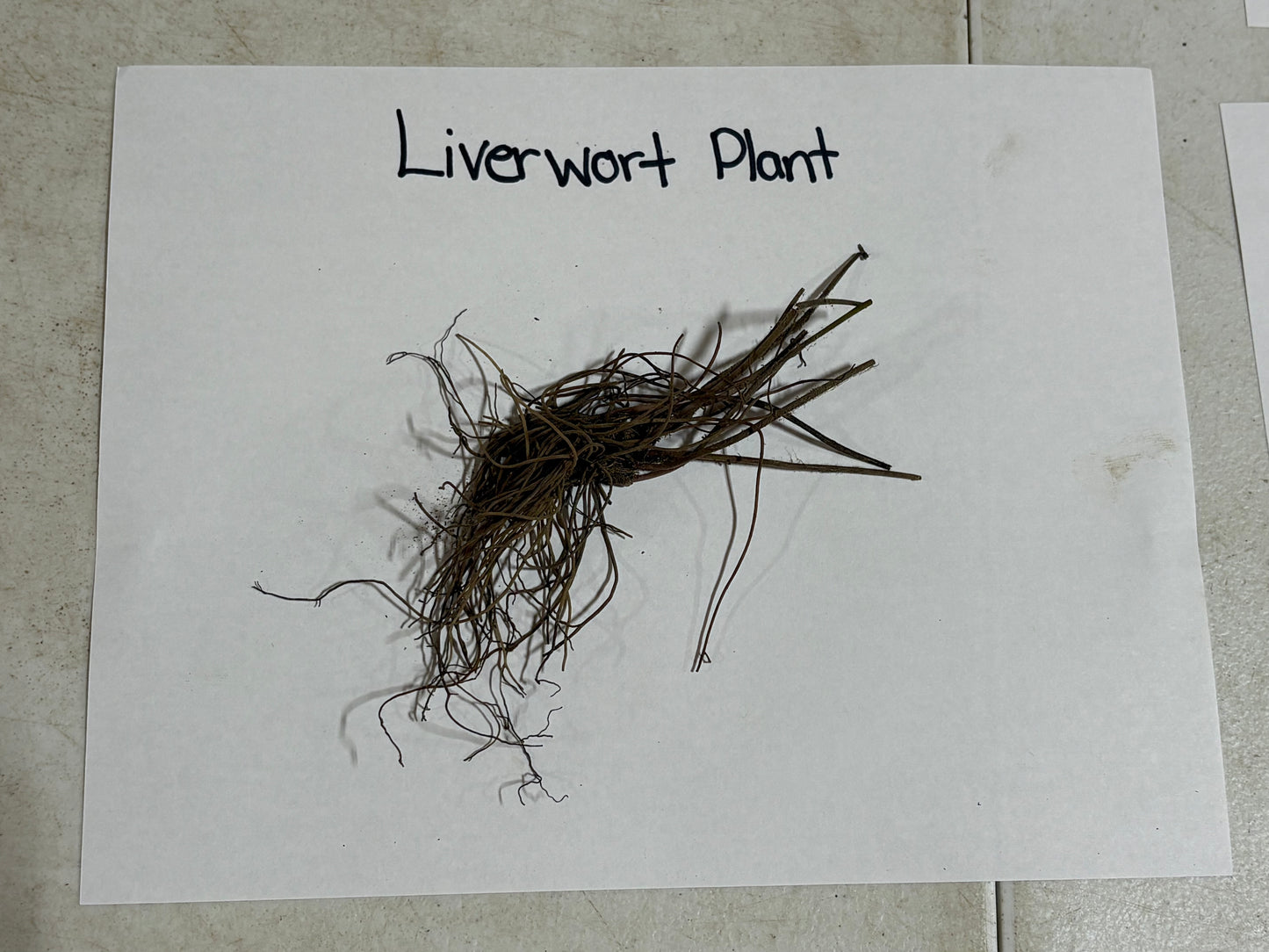



Removes & Absorbs Toxins
Improves Air Quality
Low maintenance & easy to grow
Buy Hepatica Plants Online
Hepatica flowers are colorful and can bloom in shades of pink, purple, blue, and white. Around the flowers are three brackets of green leaves. The stem of it is covered with fine hairs. Many people grow it for its beautiful flowers. Even on a cloudy day, the flower will open up and bloom.
Hepatica Has A Wonderful Aroma
They also have a fresh and pleasant scent. They attract butterflies that feed off of them. They will also provide a nice touch of color to the outside landscaping in the winter.
Hepatica can reach heights of 10 to 12 inches and are equally broad. They like to grow in well-drained, loamy soil and prefer a little sun in the spring and more shade in the summer. Their gorgeous bluish-purple flowers add just the right color to any garden.
This perennial looks excellent planted anywhere, from a flower bed to a natural area or along a sidewalk or driveway. This delicate-seeming little flower, also named liverwort because its three-lobed leaves reminded someone of the human liver, does best in hardiness zones 3 to 9.
The Perennial Can Be 1-6 Inches Tall
It grows from 1 to 6 inches high. Somewhat unusually, the leaves of the hepatic don’t open until the flowers bloom. The plant bears pale purple, blue, white, or pink flowers on a single stalk. The flowers are about 1/2 inch to an inch wide; one can have many flower-bearing stalks.
The colorful colored components of the flowers are not actual petals but sepals. They surround the stamens and are supported by oval green bracts with rounded or blunted tips. The leaves are also borne on stalks, and the oval lobes are all the same size. They begin as a light green when they open, then turn darker over time.
These Plants Live For Many Years
This perennial lasts throughout the winter and only withers when the flowers return the following spring.This perennial is native to North America and returns yearly. It does best in woodlands, which can receive hours of mixed shade and sun. However, it is challenging. It can tolerate alkaline soil rich in limestone and does well in areas with full sun.
This Flower Loves Moist Soil
Ideally, the hepatica needs moist soil and snow covering in the winter, though frost injures it. The bloom season is April to May, though the flowers can appear as early as February in warmer climates. It can be grown from seed, but it takes years to bloom. If they are divided, the new ones may also take some time to grow pleasingly dense. But patience rewards the garden that chooses this beautiful flower.
The Hepatica is a great woodland garden plant because of its reliable early bloom. It's part of the buttercup family, which is officially the family Ranunculaceae. It has several names, including hepatica acutiloba, hepatica americana, and hepatica nobilis. This perennial is native to the United States. The best part is seeing its flowers, which open their fullest on sunny days, and specifically the fullest on sunny days in early spring. The Hepatica provides a cheerful, early seasonal splash of color.
This Is How Your Plants Will Look upon Delivery
Bloom Season
Bloom/Foliage Color
Blue
Shipping date depends on the date displayed and chosen when you order from the product's page.
We do not offer warranties on products after 5 days past receiving your plants.
Our Blogs
By signing up, you agree with our privacy policy.






